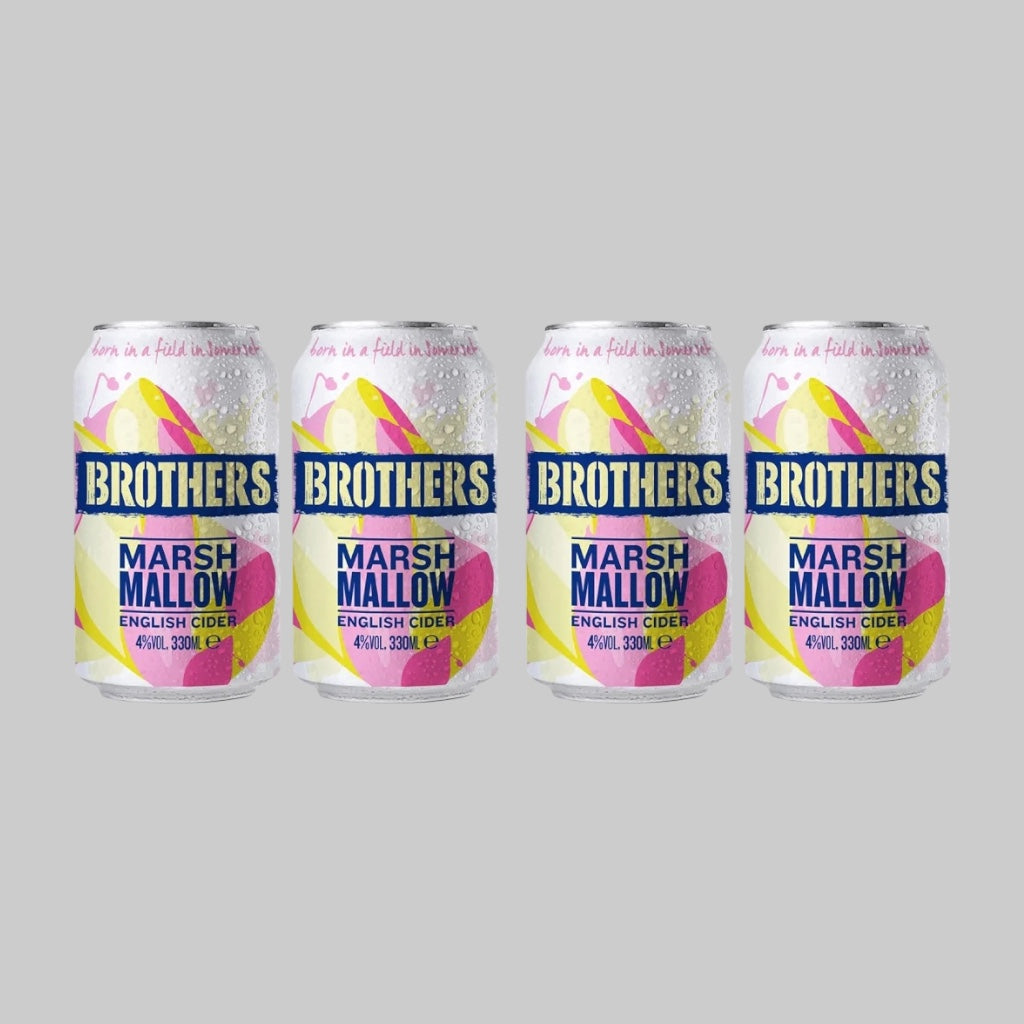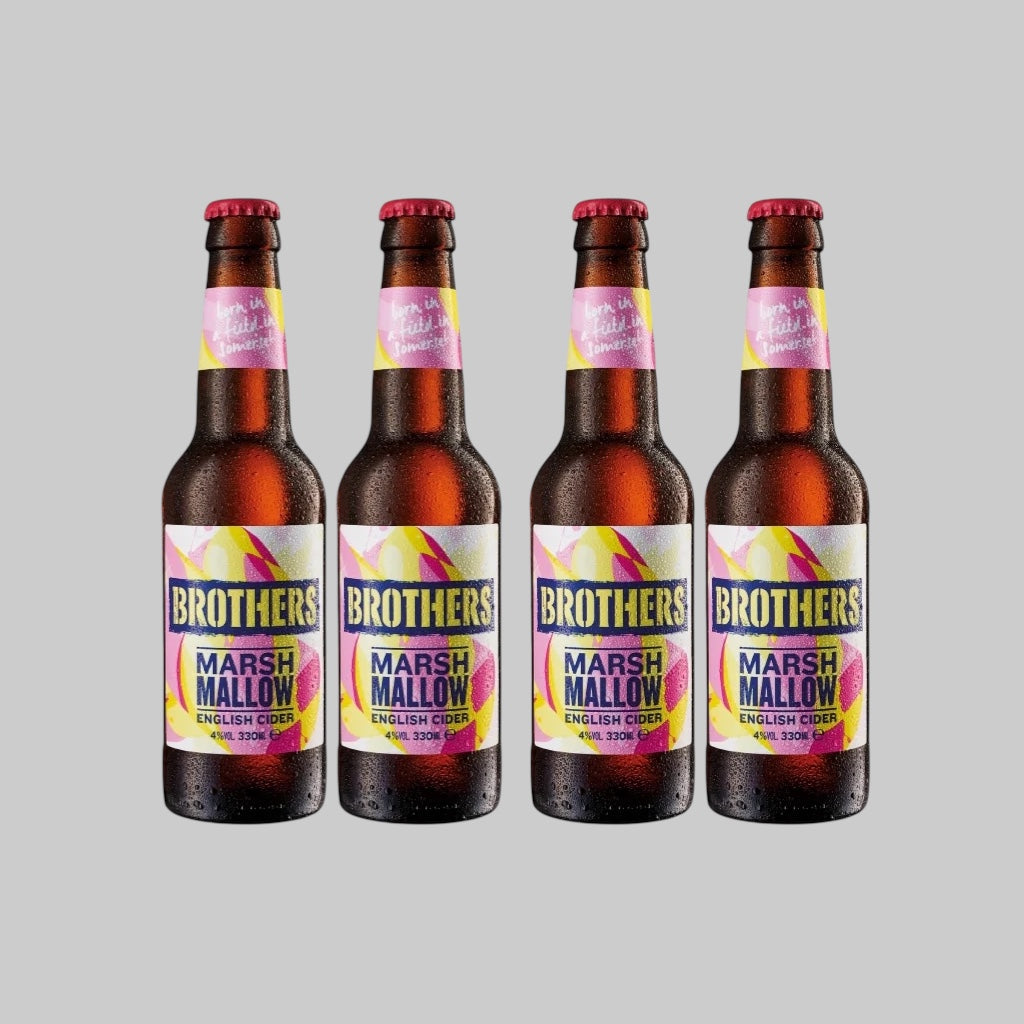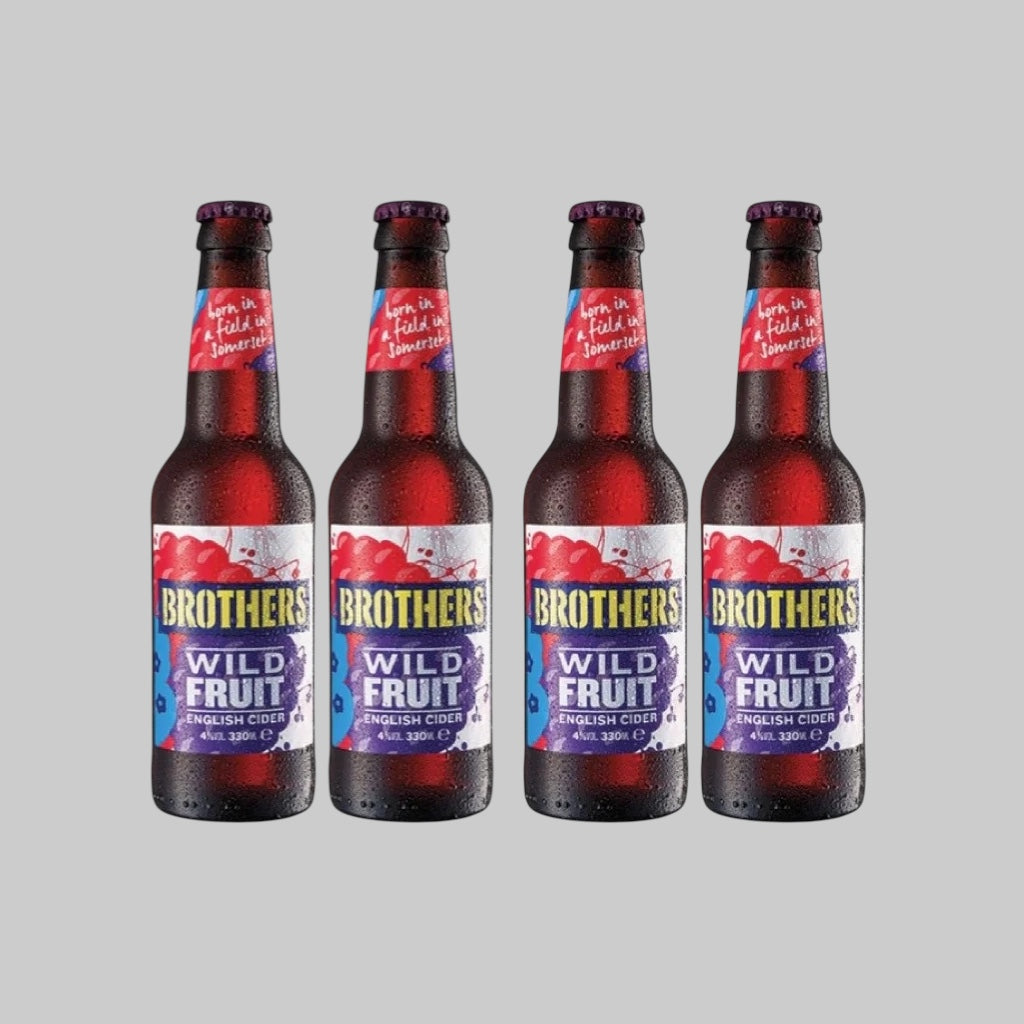Draft, Bottled or Canned Beer – Which One is Best?
Many people have probably wondered: Does packaging really affect the quality of beer? And if beer brewed from the same tank is packaged in different types of containers, will the quality remain the same?
This article will explain how draft beer, bottled beer, and canned beer differ in terms of packaging and how each type impacts taste, freshness, and overall beer experience — so you can decide which one is best for you 🍺
Key Factors That Affect Beer Quality
Before diving into the packaging differences, let’s first understand the main factors that can negatively affect beer quality. These are critical not only during production but also throughout storage and transport:
1. Oxidation – The Enemy of Flavor
Oxygen is one of the biggest threats to beer. When oxygen enters the beer, it causes oxidation, which leads to unpleasant flavors, stale aromas, and can even spoil the beer completely.
2. UV Light – Destroys Aroma and Freshness
UV light from sunlight can break down hop compounds, resulting in a skunky or burnt rubber-like smell. That's why light-blocking packaging is crucial.
3. Temperature – Too Hot or Too Cold Is a Problem
Beer that is stored in extreme heat or cold can lose its freshness. Keeping beer at a consistent, cool temperature — such as in a refrigerator — helps maintain its intended taste and aroma.
Draft Beer
Draft beer is typically stored in stainless steel or plastic kegs ranging from 15 to 30 liters. Before filling, the keg is flushed with CO₂ to remove oxygen — a process that reduces the risk of oxidation.
The airtight and opaque container also protects the beer from light and air, preserving its original taste. As a result, draft beer often tastes fresher, has a smooth foam, and is ideal for bars, restaurants, or those who want the "from-the-brewery" experience.
- Minimizes oxidation risk
- Opaque keg blocks UV light
- Retains fresh flavor and smooth foam
- Great for bars, restaurants, or at-home taps
Canned Beer
Surprisingly, beer cans were used in industrial packaging even before glass bottles. However, early technology led to metallic or rusty smells, making them less popular. Over time, modern canning innovations have made cans one of the most effective beer containers today.
Cans provide excellent protection against light and oxygen, are lightweight, chill quickly, and are safer and more cost-effective for transport. The only real drawback might be in terms of appearance — but with increasing awareness and acceptance, many now view canned beer as a premium, quality-preserving option.
- 100% UV protection
- Excellent oxygen barrier
- Lightweight and easy to transport
- Chills faster than bottles
- More affordable than bottles
Bottled Beer
Glass bottles have been a familiar and popular beer packaging method since the early 20th century. Their wide industrial use began because they were easy to produce in large quantities and could be reused multiple times, helping reduce costs while being safer than early cans.
However, glass has some downsides — mainly that it allows light through, which can affect the beer’s quality. Additionally, bottles often contain more headspace (air) compared to cans or kegs, increasing oxidation risk. Even with CO₂ flushing during filling, contamination is more likely.
They’re also heavier and more fragile, making transport more difficult. Still, glass bottles offer premium presentation, are perfect for formal occasions, and can be reused or recycled — especially in domestic markets. They also allow for creative label and bottle designs that add to their visual appeal.
- Visually premium – great for events or gifting
- Can be reused or recycled
- Less UV protection and higher oxidation risk
- Heavier and more fragile than cans
Conclusion: Which One is Best?
If you’re looking for the best protection for flavor and freshness, canned beer is a top choice due to its airtight seal and complete light protection.
Draft beer is perfect for those seeking a fresh, authentic experience, while bottled beer stands out in aesthetics and presentation, ideal for celebrations or gifts.
Ultimately, it’s not just the packaging that matters — how you store, transport, and handle your beer is just as crucial for preserving its quality.
📌 So what’s your pick – Draft, Bottled or Canned? Choose one that matches your lifestyle, and make sure to store it right to get the best taste out of every pour 🍻
Written by: Nuttorn Wongpoom










